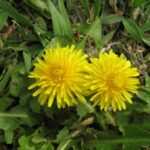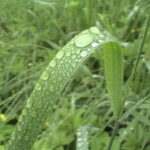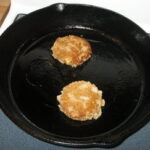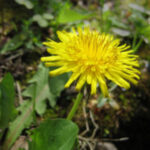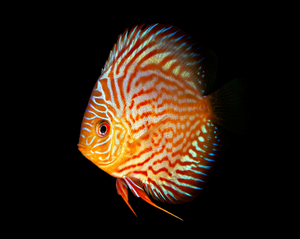Every morning while my dogs run about the yard doing, well, their business, I search for my morning meal. I’m a vegetarian by choice, and a nature foodie by occupation. Well, soon-to-be occupation, as I am in the midst of studying natural living. And yes, I may be studying the natural living of companion animals, but the rules of healthy eating for dogs apply to people as well.
Here are a few backyard nuisances that are actually GOOD for your body (even if they are bad for your yard). You may be surprised…
Dandelion-this little yellow party crasher is first in line because we ALL have them in our yards and run shrieking with the weed killer the second it pops up. Personally, I am delighted these guys tend to multiply so quickly as their nutritional value is enormous. Their bitter leaves, enjoyed either cooked or raw in a salad are jam-packed with vitamin A and C. The roots provide healing ailment for the liver and gallbladder when brewed into tea, and the flower itself is often used to make a dye. (you may eat the flowers themselves but the texture is that of eating feathers). Dandelion tea made from the leaves serves as both a diuretic and a mild laxative.
Another common backyard weed, though not nearly as despised as dandelion would be yarrow. Mainly found in open fields but sneaking its way into backyard properties, this pretty white-flowered plant has interesting healing properties. It’s leaves and flower tops boiled and drank make a great headache reducer. In its dried form a powder can be made to use as a salve for open wounds. Even chewing on leaves of the plant will reduce a toothache as the plant is known for its anti-inflammatory agents. You can even use the plant for an astringent.
If you have a single raspberry bush you are bound to end up with them taking root all over your yard, as everywhere they touch down they take root and prosper. My entire fence border is about eight feet out of these ominous, thorny bushes. While I don’t care for the berries themselves (though I do eat them) I find this plant so difficult to get rid of that this year I was going to burn the whole lot of it and hope I got to the evil main root that started it all. However, there are healthy benefits to the raspberry leaves and stems themselves. Raspberry leaf tea is a great treatment for sore throats, colds, and fevers, and as a pain-reliever. It is basically a woman’s herbal plant as raspberry has both the ability to relax or stimulate the uterine muscle, which explains its common use in childbirth and for menstrual cramping.
Those cute little clovers with the pinkish-red blossoms are all over pastures, backyards, and all along the side of the road. As common as the plant is to found is as common its usage as a sweet tea for sore throats, colds, and coughing. I just enjoy the texture and taste of the leaves and eating those tiny little flowers in salads, even thought the flowers as a salve are a great treatment for burns (much like aloe Vera).
Lastly, I’ll introduce the milk thistle. This is a plant that simply makes people groan when it turns up in the garden, because on top of being unsightly, this plant tends to not take root alone. However, this plant is delicious when eating the fruit (be mindful of thorns) and has long been used in liver regeneration. It promotes the growth of new liver cells and is the perfect remedy for when one eats poisonous mushrooms since the mushrooms kill their victims by destroying liver cells. The plant also aids in digestion.
My usage for all these plants is in enjoying them because I find them delicious. Mixed together in a weed salad with my dressing of choice is the perfect way to add natural health to my life. While textures vary (I find raspberry leaves furry and dandelions a bitter contrast) the end result is a healthier understanding of the backyard plant pests and why we should let them remain in our backyards to thrive.
These annoying plants help us out in more way s than we will ever know.
So the next time you have a headache because your yard its littered with weeds, try eating one of them instead of pulling them out.
You’ll feel better. Really, you will.

